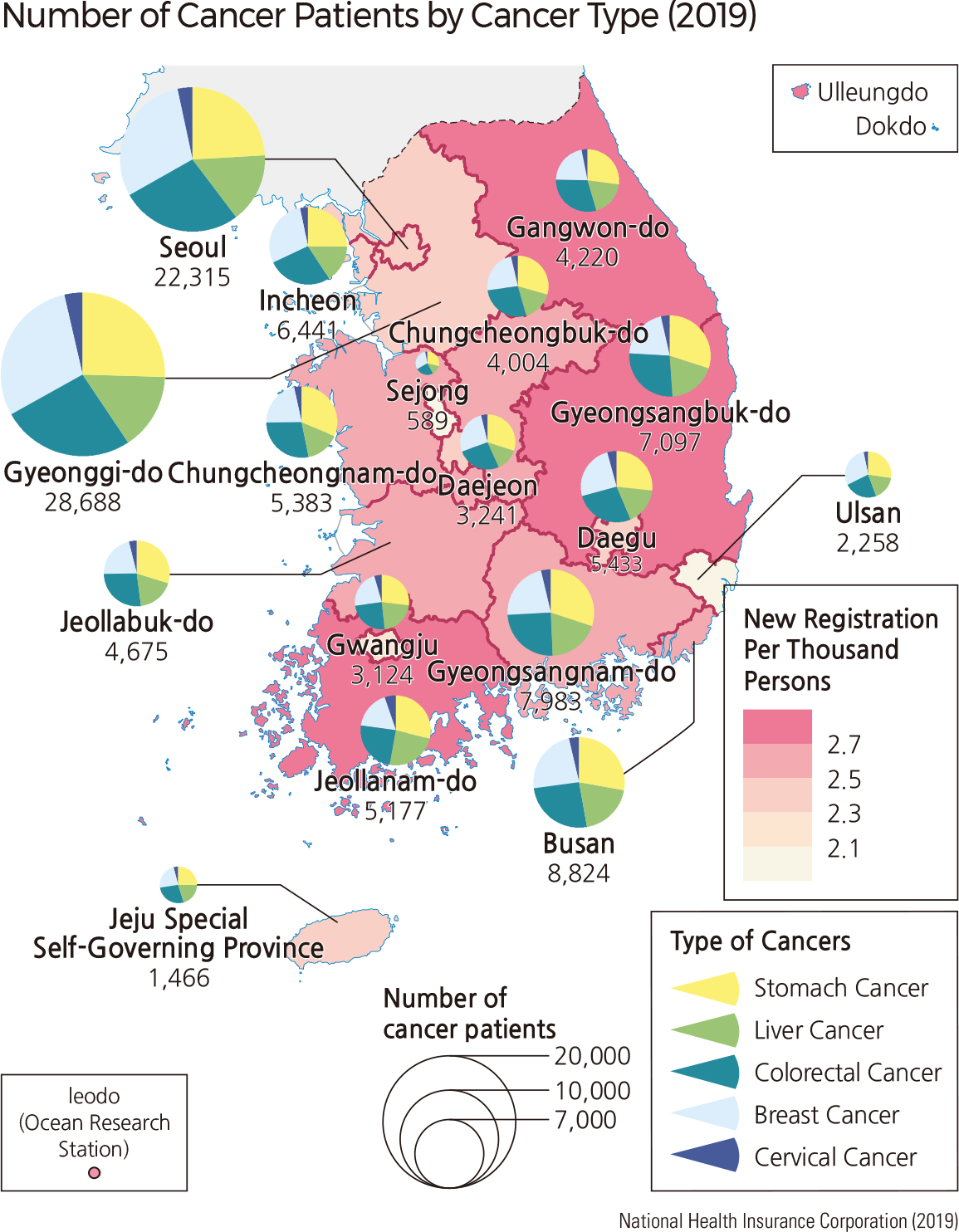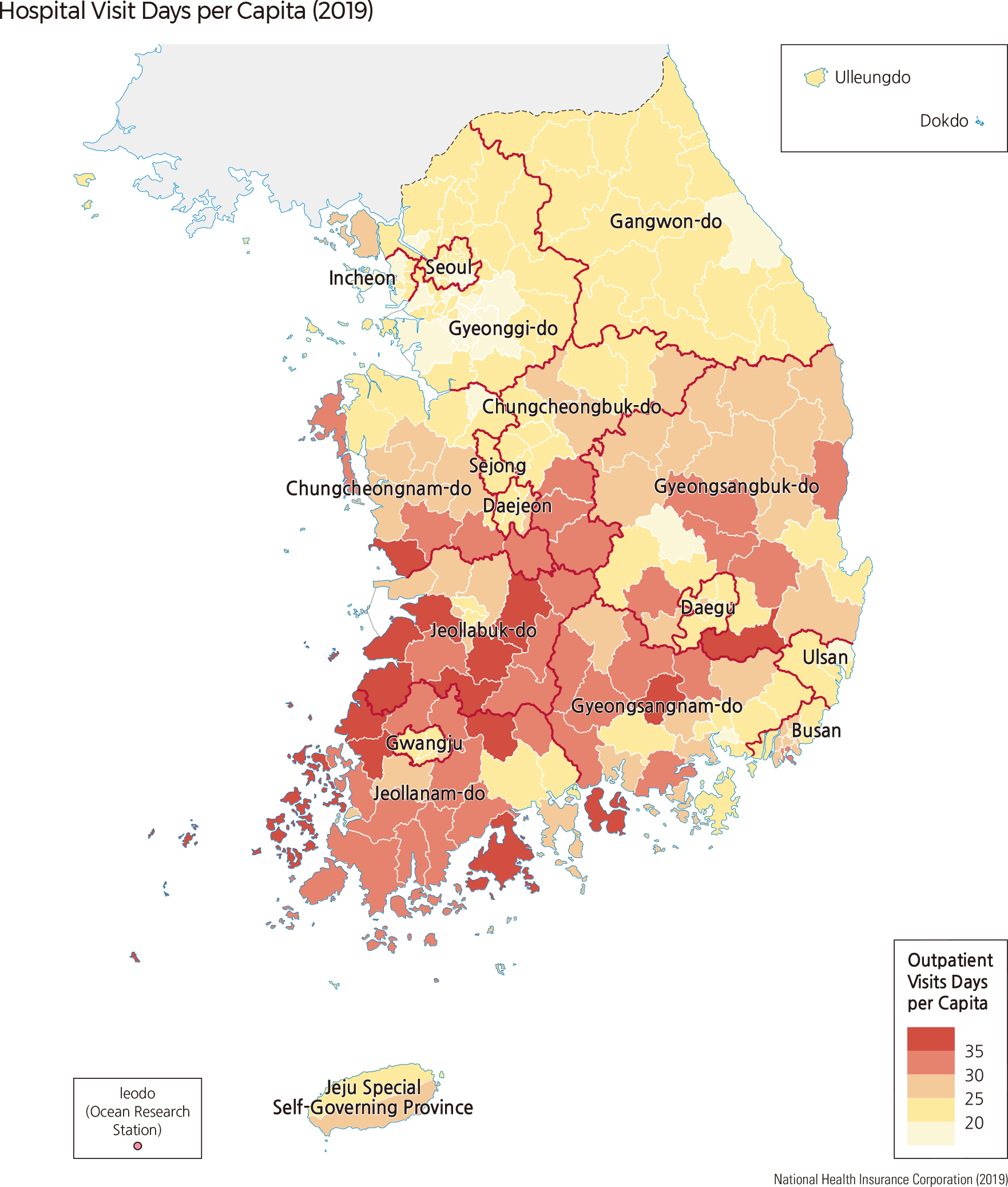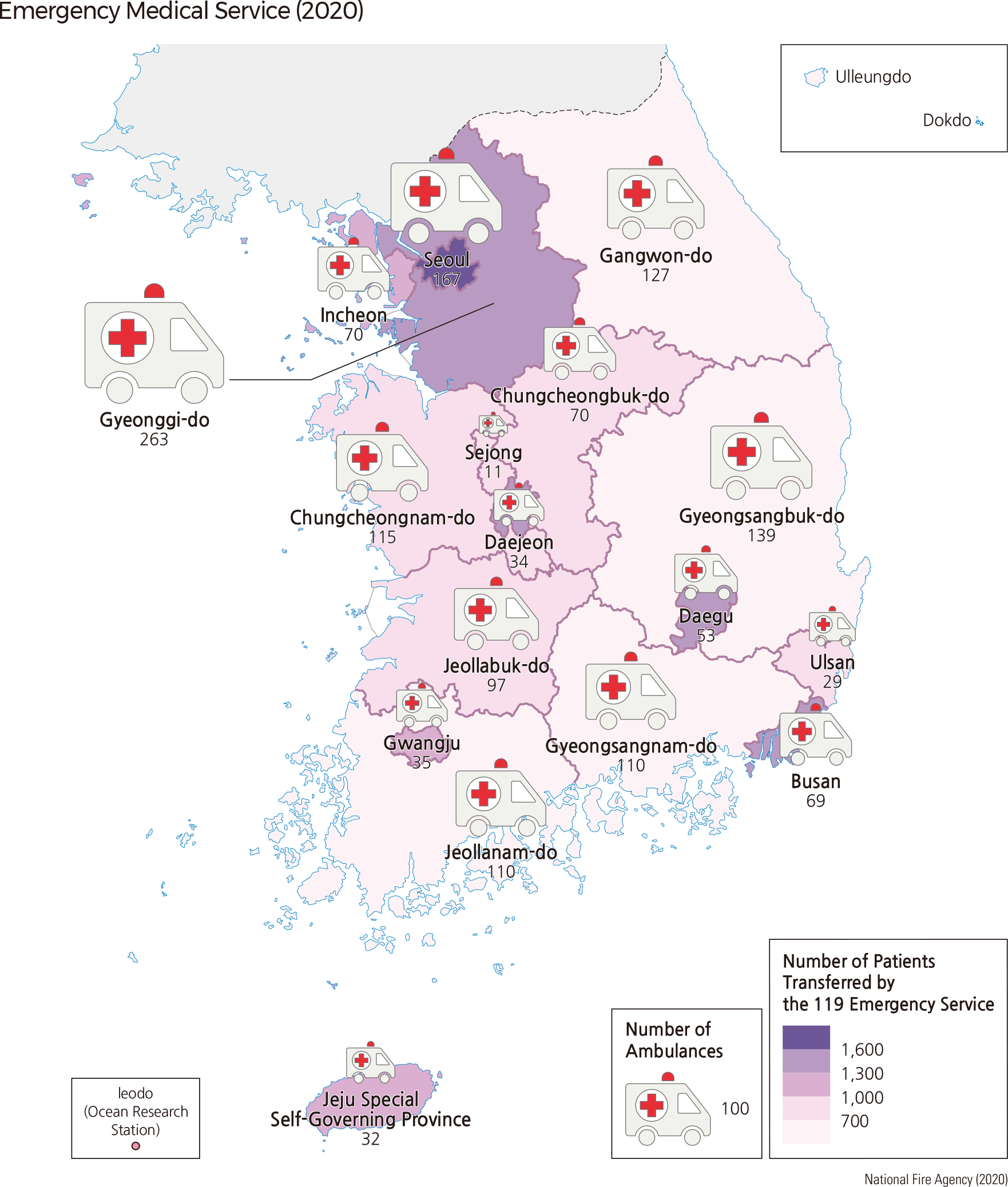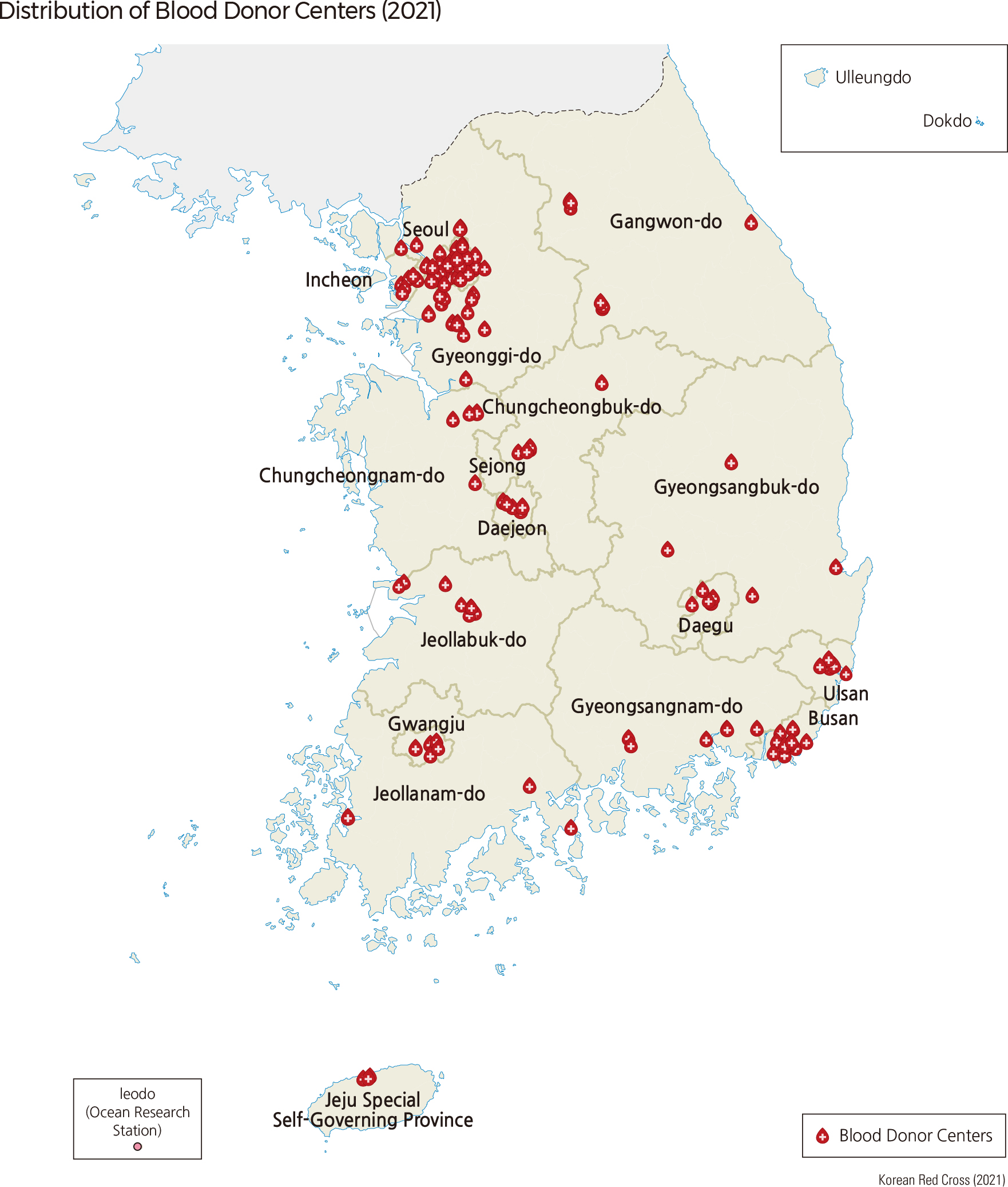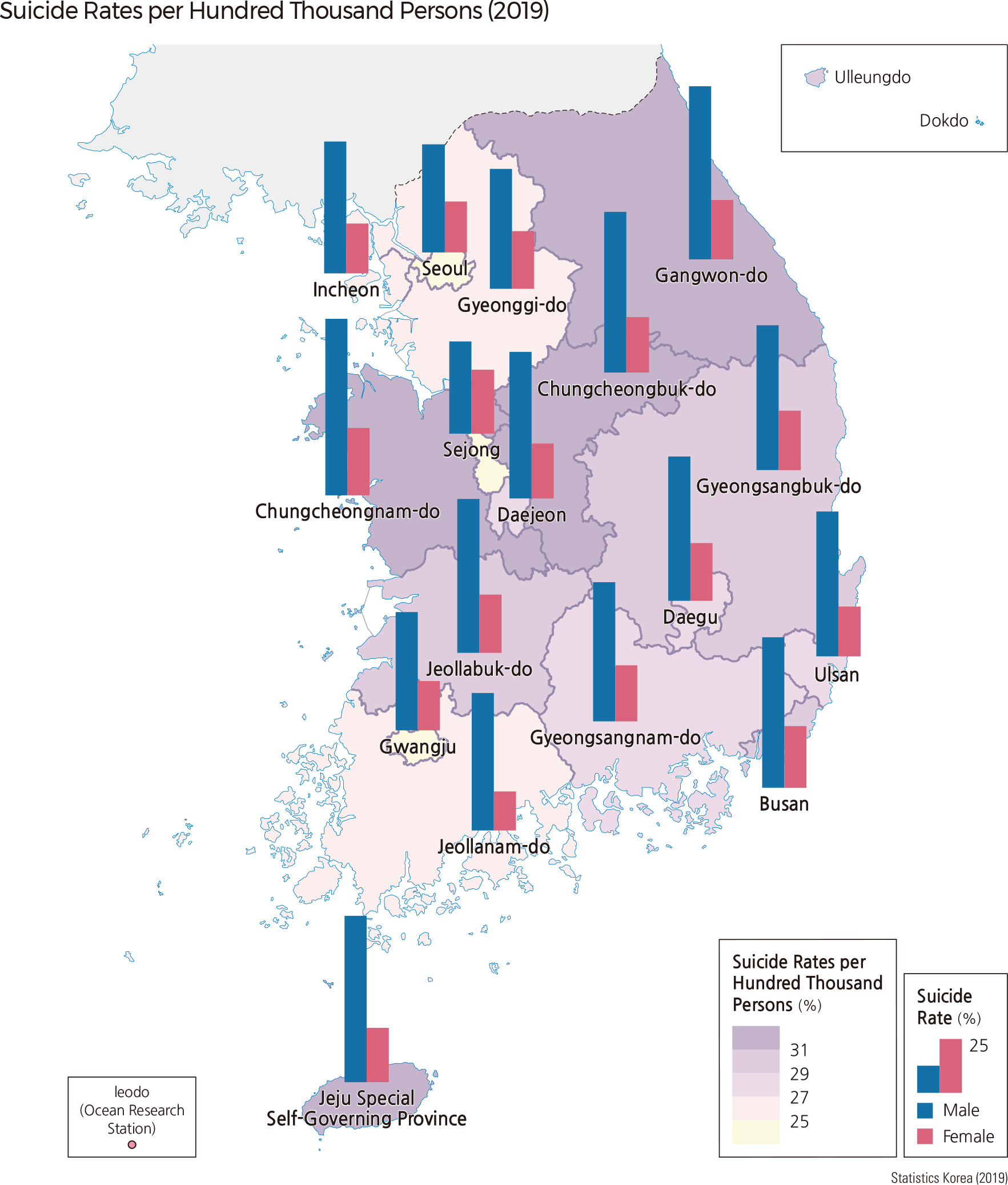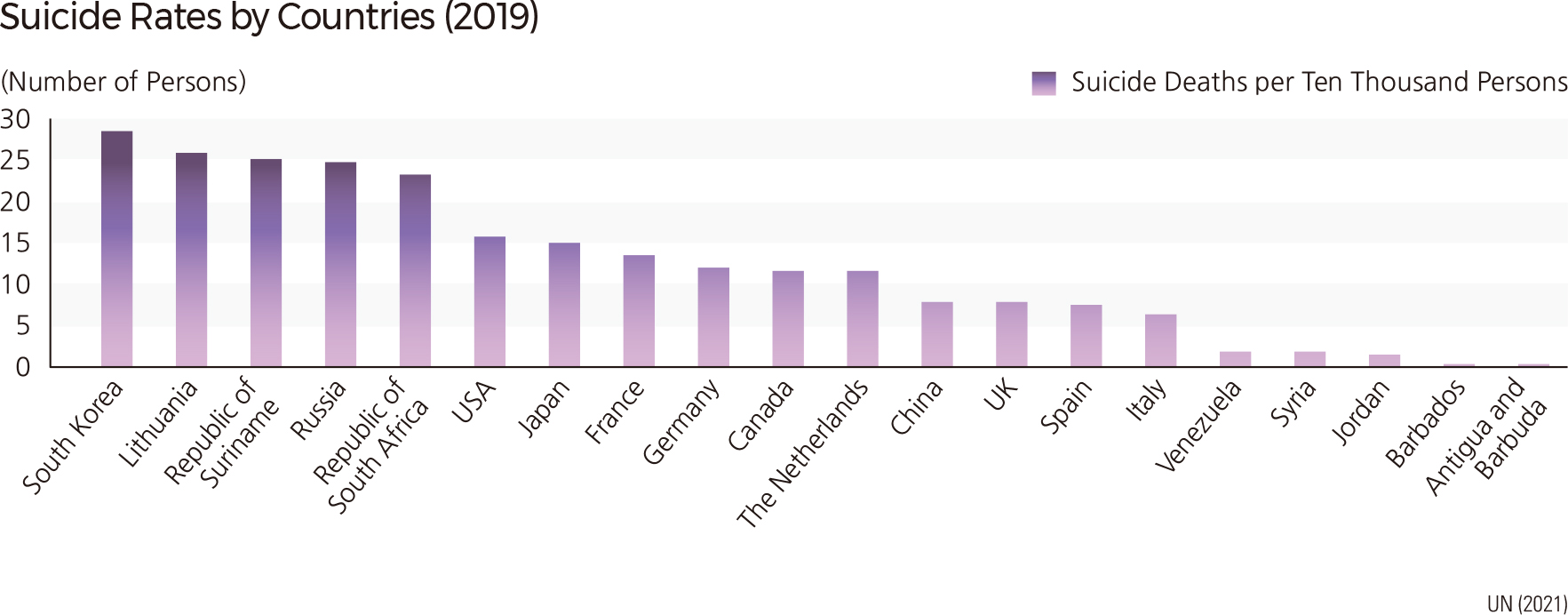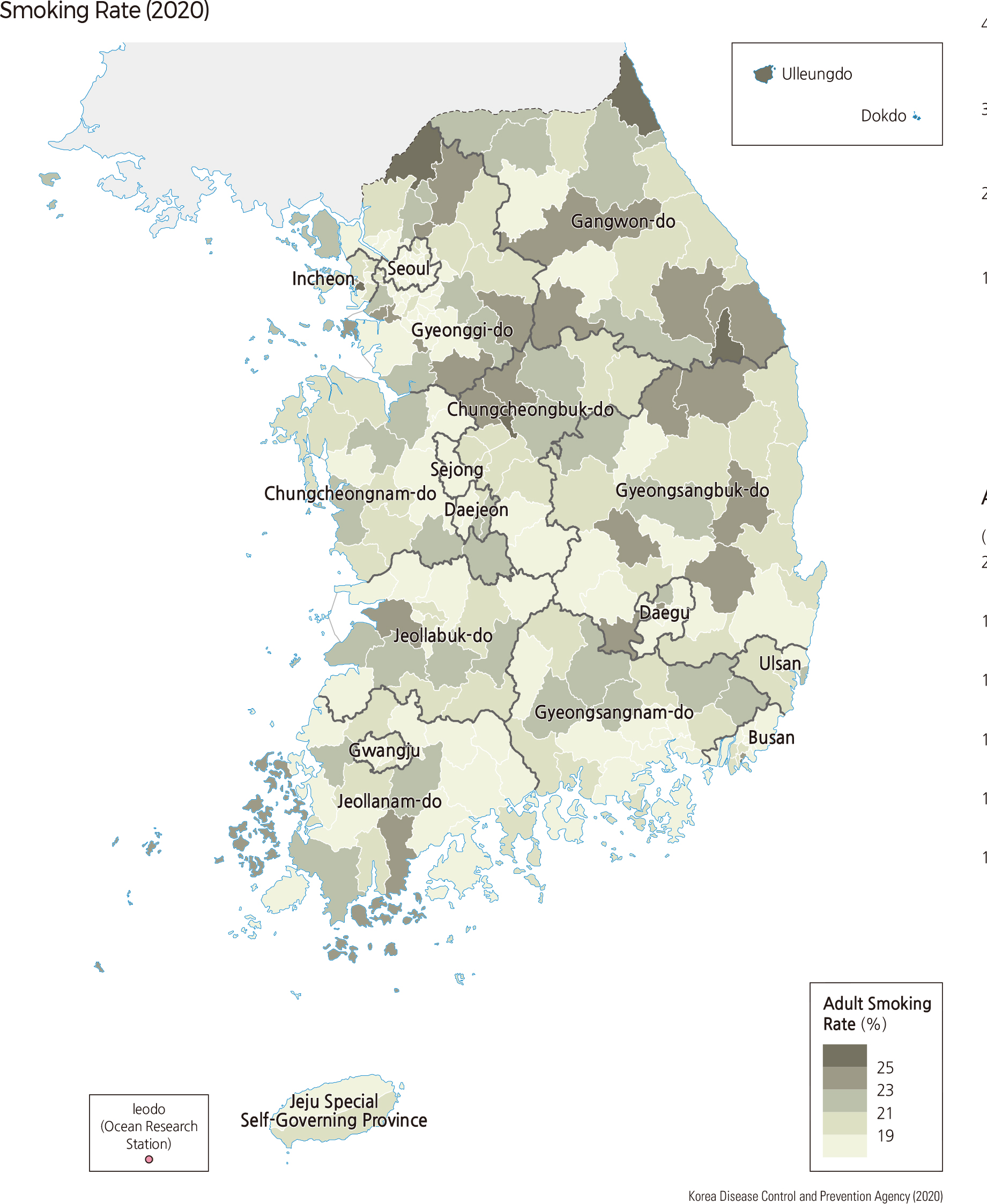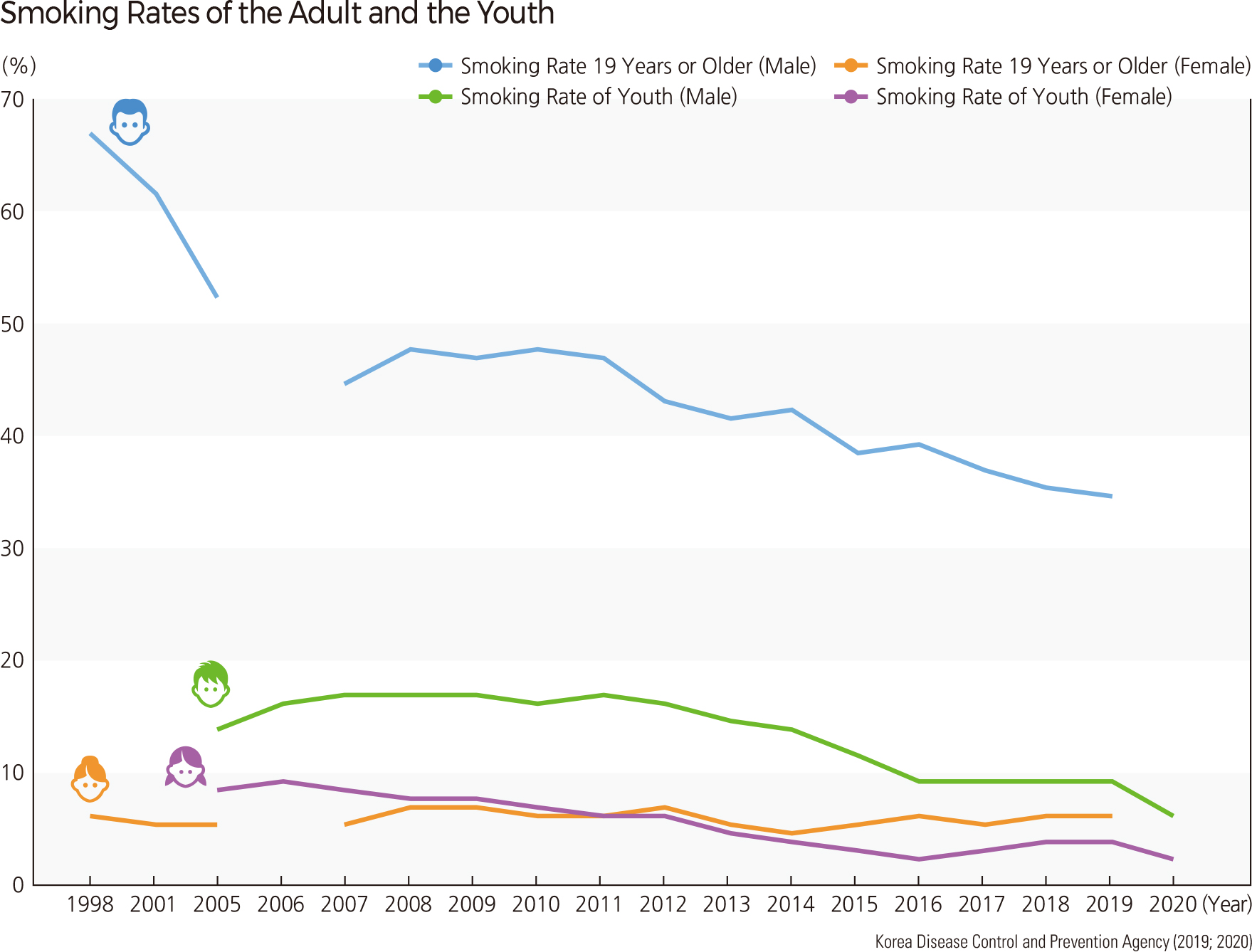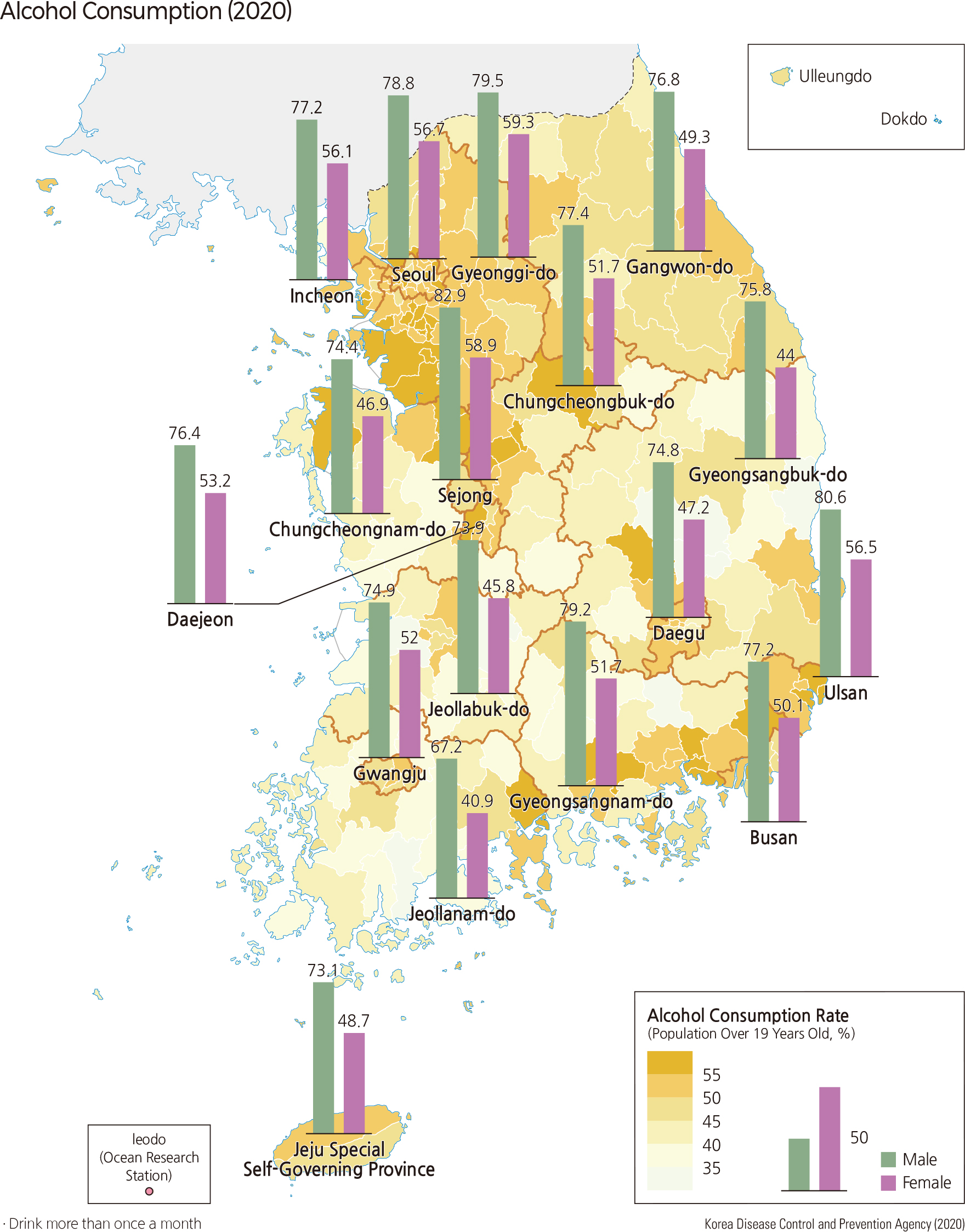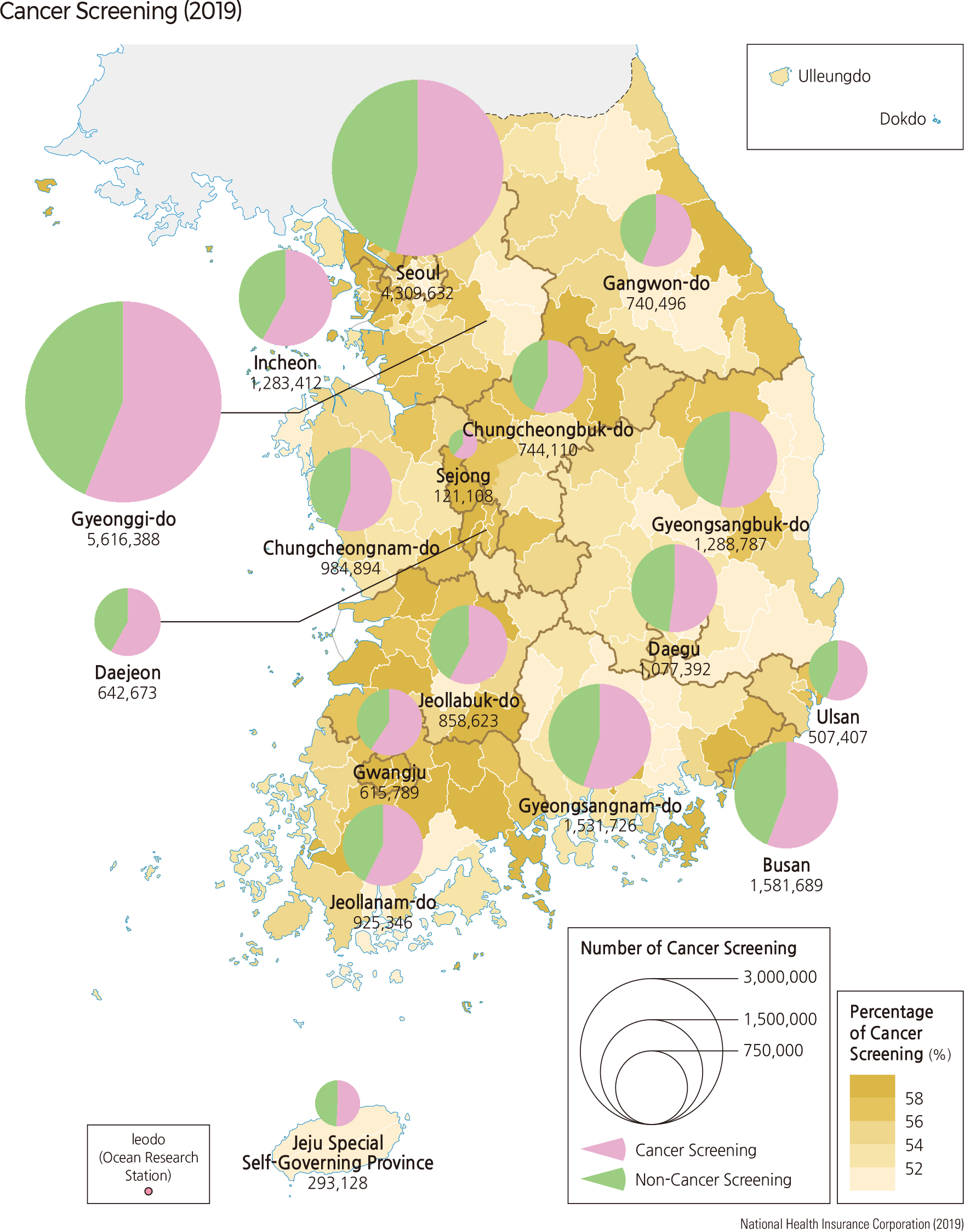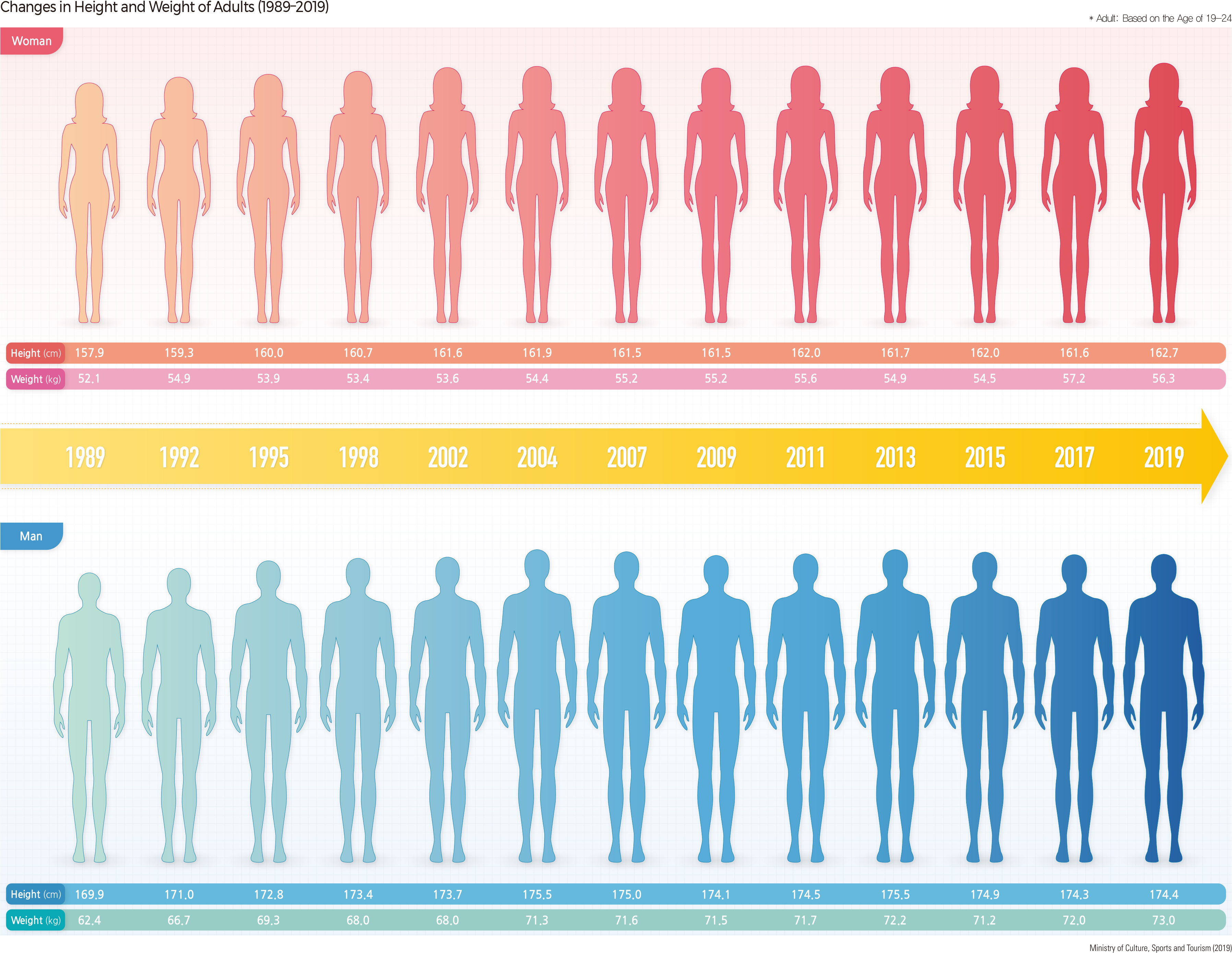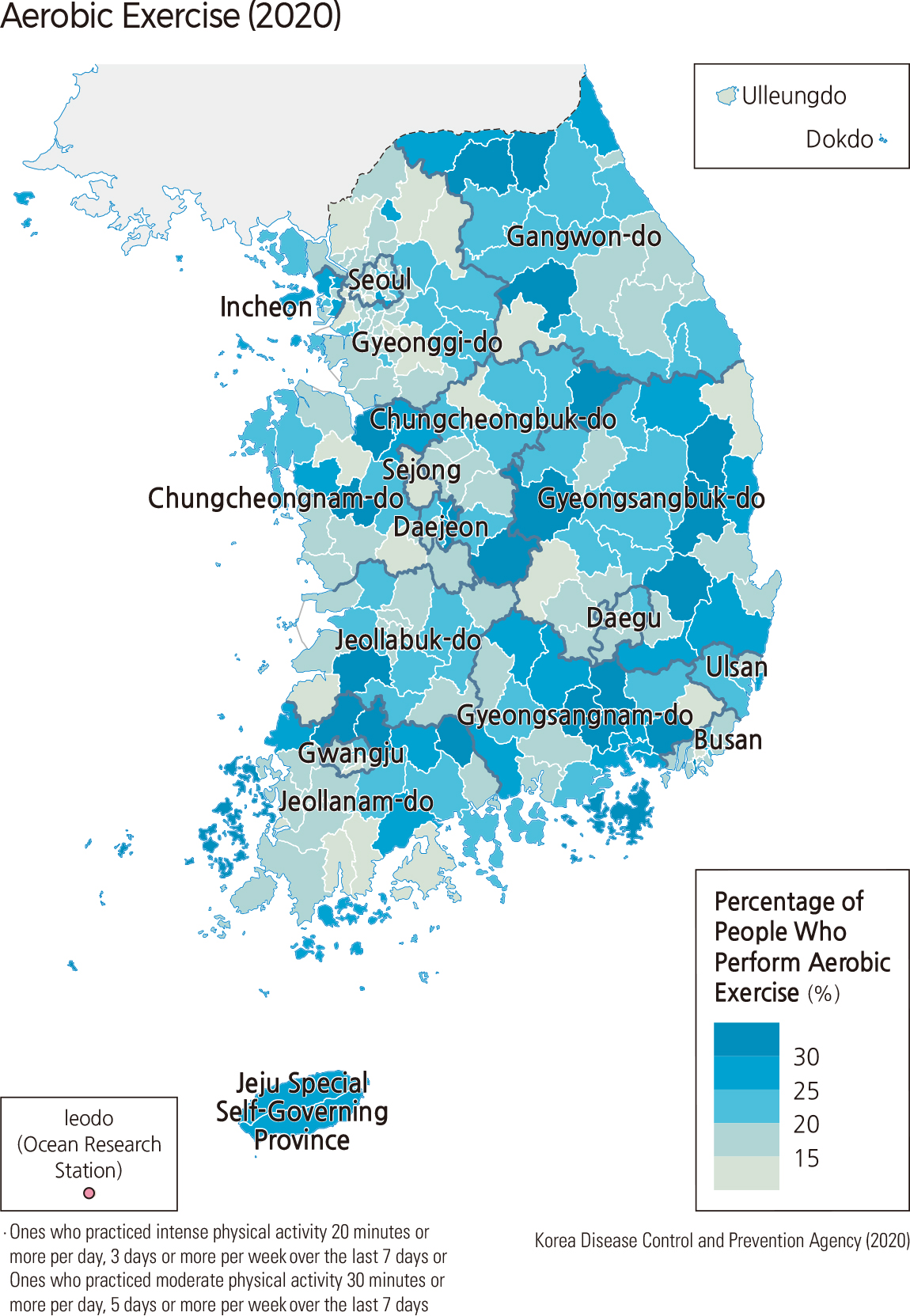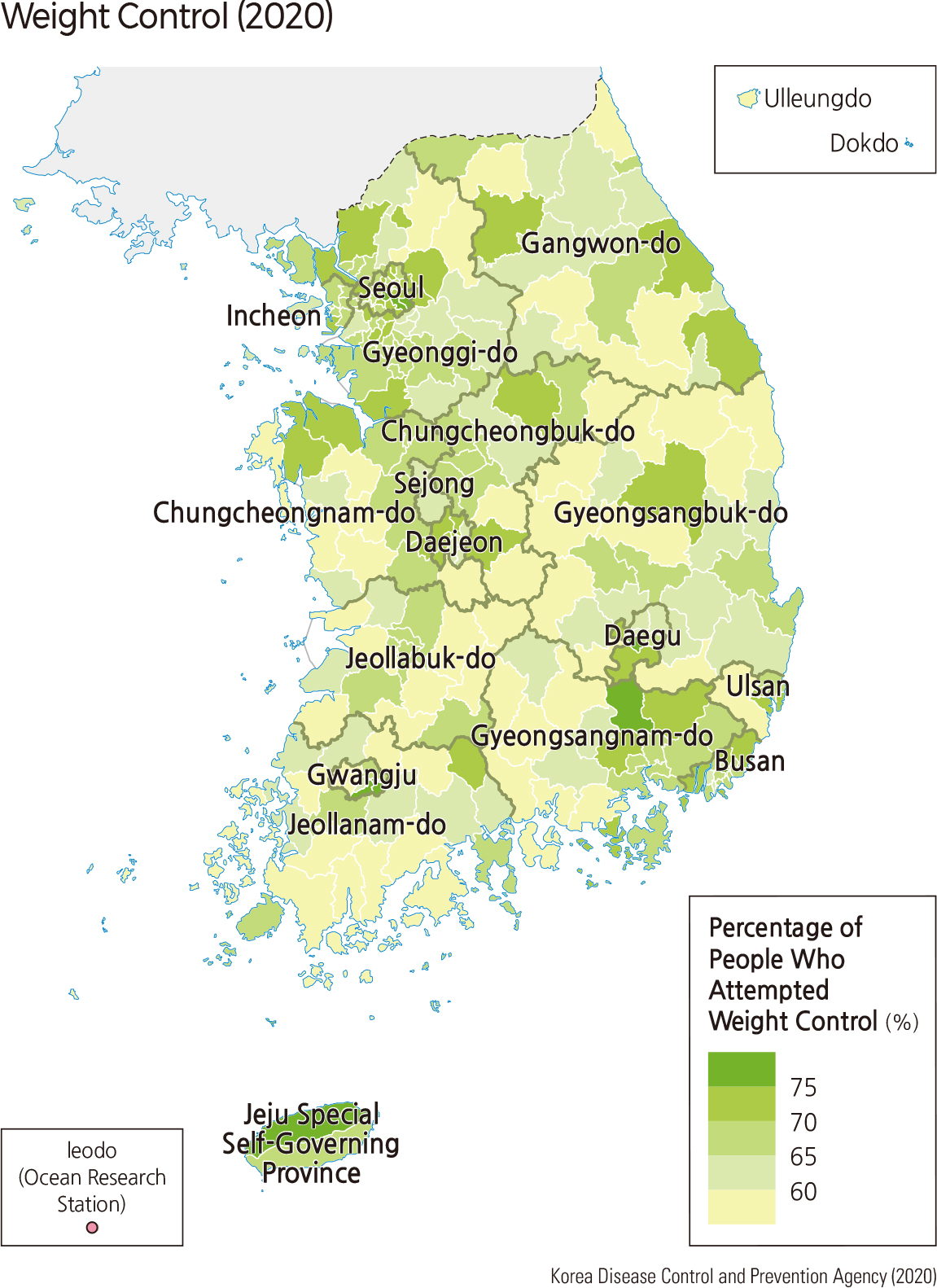English III 2021
The cause of death has consistently changed according to changes in lifestyle, dietary habits, the development of early health care, and improvements in medical technology. Among the causes of death, cancer accounted for the largest proportion. The increase in cancer patients is related to early diagnosis through health screening, the development of medical technology for diagnosing cancer, and a change in lifestyle. Recent statistics revealed that the middle-aged population group has a very high death rate from cardiovascular disease. The cause of death does not show a big difference by region because Koreans share a relatively similar environment and lifestyle. Regular health screening, which has led to the systematic management of health and early diagnosis of disease, has highly contributed to enhancing national health. Korea has established a specialized medical checkup program by age and gender and has encouraged consistent medical checkups. Currently, this program serves more than 70% of the population to take regular medical checkups with additional medical checkups available. In particular, screening for cancer, which is included in regular health screening based on life stages, has recently increased to cope with increasing rates of cancer. The case of additional cancer screening by personal expenses is also increasing. Korea has identified the five most common cancers (stomach cancer, liver cancer, colon cancer, breast cancer, and cervical cancer, the onsets of thyroid cancer for women and prostate cancer for men) that have increased due to changes in lifestyle and dietary habits. As the onset rate of lung cancer also increases, an antismoking campaign has been combined with smoke-free policies in public buildings and multiuse facilities. Cardiovascular diseases and cancer are major causes of death. In the case of cardiac arrests, the provision of emergency medical services is very important. However, looking at the statistics relating to cardiac arrests, the gap of accessibility to the services between regions is very large. Cardiopulmonary Resuscitation (CPR) reduces the death rate in urban areas. However, the proportion of deaths due to cardiac arrest is still too high in rural areas with limited access to personnel trained in CPR. Looking at the usage frequency of medical institutions, both the number of hospital usage days and the average of outpatient visits days are high in areas with a high proportion of the elderly. As the population structure is aging, medical service for the elderly and the prevention, diagnosis, and management of geriatric illnesses become more important. The suicide rate in Korea in 2019 was 28.6 per 100,000 people, the highest in the world. Blood donation has been on the decline since 2015. Especially in 2020, due to the influence of COVID-19, both the number of blood donations and blood donors decreased significantly. |

